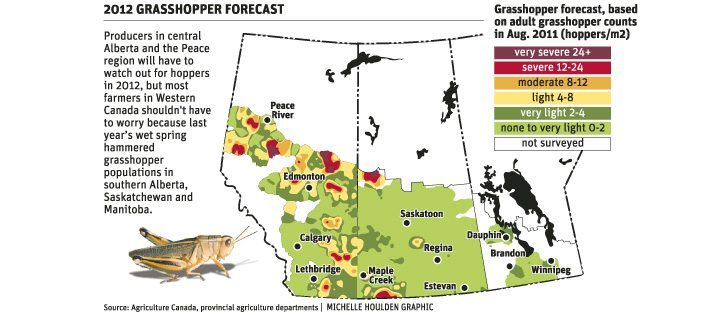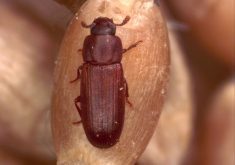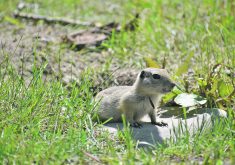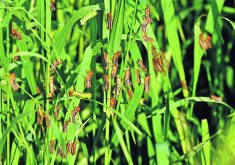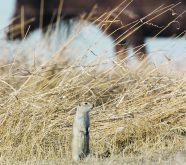Grasshopper forecast | Saskatchewan, Manitoba predicted to have few troubles with grasshoppers this spring
EDMONTON — Saskatchewan and Manitoba look safe from grasshoppers this year, according to the 2012 forecast, but Alberta farmers need to beware.
“Alberta gets to be the lucky contender with grasshoppers this year,” said Jennifer Otani, an Agriculture Canada entomologist.
“The forecast in Alberta has pockets with severe populations, but that depends what happens in the spring. The weather could change a lot of things and means numbers could go a lot lower or higher,” Otani told farmers at FarmTech 2012.
Alberta isn’t expected to have serious infestations, but there will be pockets.
Read Also

Farming Smarter receives financial boost from Alberta government for potato research
Farming Smarter near Lethbridge got a boost to its research equipment, thanks to the Alberta government’s increase in funding for research associations.
The 2012 grasshopper forecast map is based on adult grasshopper counts across the province in 2011. The weather in the upcoming crop year could increase or decrease populations.
Otani said each field is going to be slightly different and farmers need to pay attention, especially in traditionally higher grasshopper areas.
The appearance of nymphs is when farmers must decide if it’s economically viable to spray a pesticide. The nymphs are the voracious eaters that can seriously damage fields.
“We really want to encourage people to get out early looking for nymphs so it’s a little easier to control with pesticides.”
Otani said she often gets calls when it seems insects “come out of nowhere” and become a problem. Monitoring fields for pests throughout the year helps farmers deal with the pests before they become a problem.
“These insect pests don’t come out of nowhere. The key is monitoring.”
In Manitoba, the potential for a grasshopper infestation is almost non-existent this year because 2011 and 2010 were so wet. In hopper surveys conducted last August, 99.97 percent of the sites had very light counts, which meant zero to four hoppers per sq. metre.
Manitoba Agriculture entomologist John Gavloski said grasshoppers have hit a low point in their population cycle.
“We have seen low levels like this before, but we’re at a valley … in that cycle,” he said.
“For it (the population) to build back up again, you would probably need a few years with favourable weather for the grasshoppers.”
The situation is similar in Saskatchewan, where last year’s cool and wet spring hindered grasshopper development. Hopper counts were very light across most of the province last year.
The notable exception was near Meadow Lake, where fields had severe to very severe grasshopper numbers last year. Some sites recorded more than 24 grasshoppers per sq. metre.
Areas around Watrous and Kindersley also had light to moderate populations, and producers will have to watch for potential outbreaks this year.



